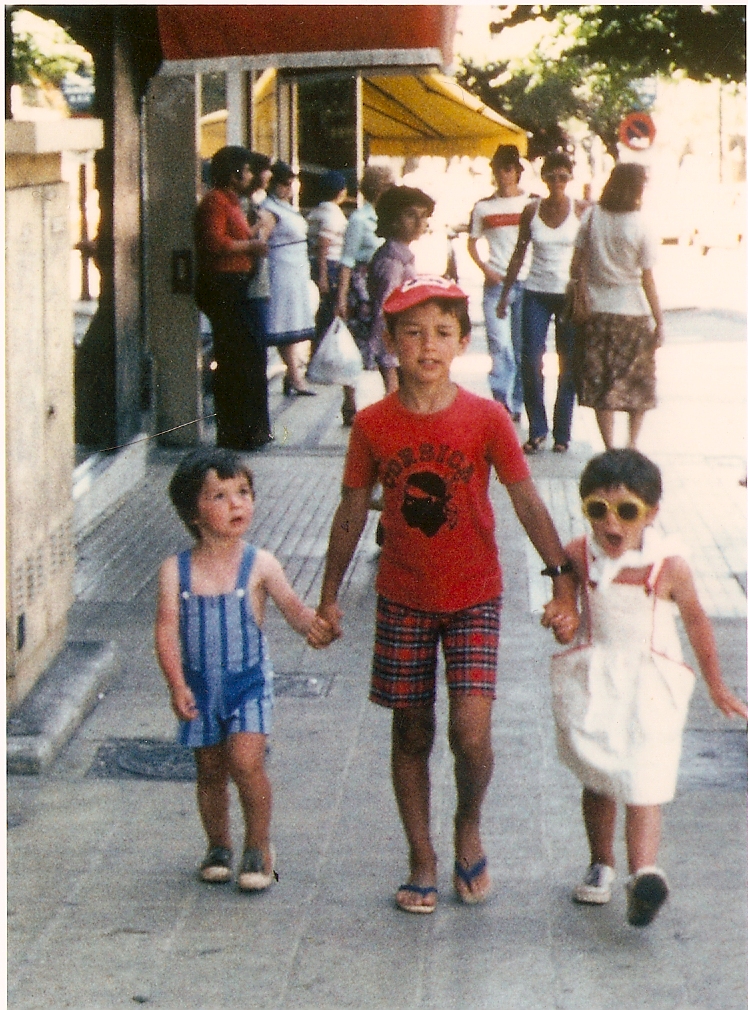Page 1 of 2 (De La Plaza-mjf)
To: Deputy Chief David Shinn, Investigations Bureau
San Francisco Police Department, 850 Bryant St, Rm 400
San Francisco, CA 94103
From: Michael Ferenc, Forensic Pathologist (11 February 2009)
Re: Review of death scene/autopsy findings of Mr. Hugues De La Plaza
(SFPD Case # 070-557-605, SFMEO # 2007-0642)
As per your request, I have reviewed the crime scene photographs, crime scene video, relevant articles of clothing, and autopsy report related to this gentleman’s death. Inspector Casillas gave me an excellent overview of the case when I met with him and his colleagues this past Friday. It was very thorough and detailed.
In my opinion, the death of Mr. Hugues De La Plaza is a homicide. In the following paragraphs I would like to very briefly highlight some of the more important points that I believe support that conclusion.
As you know, this unfortunate gentleman suffered three stab wounds and was found dead inside his secure residence the morning of 06/02/2007. Extensive blood pattern evidence was seen throughout several of the rooms and on the front door stair area/sidewalk. Of the three stab wounds, the stab wound to the left base of the neck that transected the left subclavian vessels (a large artery and a large vein beneath the collarbone) and penetrated the lung was undoubtedly the most significant injury. Almost certainly, it was the source for most of the bloodshed seen, and copious bleeding from this wound would be immediate or almost immediate. Once this particular injury was inflicted, this gentleman likely would exsanguinate and expire in a matter of a minute or two.
The bloodshed evidence begins on the front door steps and sidewalk. Only one trail of dripped blood (the pattern indicates rapid, fairly active flow) is seen from the stairs to the front door. Throughout the interior scene shoeprints consistent with the decedent’s shoes are seen but none are seen outside (consistent with the decedent’s shoes not yet having walked through his own blood. If this gentleman had inflicted his own wounds in the kitchen area at the other end of the apartment and had walked bleeding to the front door, then one would expect bloody shoe prints and two trails of blood on the outside stairs and landing. Instead blood shoeprints and two trails of blood are seen in the kitchen and hallway indicating a single roundtrip into and out of the kitchen after his soles are bloodstained.). On the concrete wall adjacent to the stair case landing are occasional smaller drops of blood consistent with cast off from the arm movements of a knife being plunged and removed from the decedent (In my opinion, this blood is not consistent with expectorated blood related to the concomitant lung injury. Moreover, despite the rapidity of bleeding expected from his neck wound, based upon the dripped blood on the stairs, the victim does not appear to have remained there long enough for blood to collect in his airways to make cough-propelled blood even possible.).
Page 2 of 2 (De La Plaza-mjf)
The presence of bloody shoeprints consistent with the decedent’s shoes and the absence, on the front stairs and/or front door verge, of expected bloody shoeprints that could belong to an assailant(s) strong suggests that his attacker(s) did not follow him back into his apartment (However, several photographs of the front room indicate that some items have been moved. If the movement of these items is not attributable to emergency responders, then it would suggest that someone else did enter and moved things after bloodshed).
Toxicology revealed only alcohol in the blood (0.11 g/dL) and the vitreous humor (0.10 g/dL). The relative levels in the blood and vitreous humor suggest that the decedent had not yet reached complete absorption/equilibration of alcohol (or that he was continuing to ingest alcohol after arriving home) indicating his death was soon after he returned home.
His stomach contents consisted of a little over 3 ounces of material including peas. On the kitchen countertop was a plate of rice and peas. There is no reason to believe this gentleman had delayed gastric emptying thus suggesting that after returning to his apartment, he had at least briefly begun to eat.
Finally, three autopsy room photographs show a faint, about 3/8 inch long, transverse, linear marking on the palmar surface of the base of the pointer finger of the right hand. This mark is not described in the autopsy report. I am concerned that this mark may be an abrasion or superficial incised wound that represents what is typically called a defense wound.
Summarizing the sequence of events I infer from the reviewed evidence is as follows: Mr. De La Plaza returned home from nightclubbing around 0200 hours and entered his residence. There he ate some food and apparently made phone calls and utilized his computer (this occurred approximately during the next half hour based upon Inspector Casillas’s investigation). For some reason(s) he exited his apartment ( or at least stepped outside to answered his door). Either upon exiting or at his subsequent return, an assailant(s), who was(were) most likely positioned on the lower landing of the stair case, stabbed Mr. De La Plaza while he was on the lower steps. The victim retreated inside the apartment and the assailant(s) most probably did not follow inside. The victim went to the kitchen and returned to the front room bleeding profusely all the time. At some point, he briefly stopped near the overturned television/entertainment center where rapidly bleeding resulted in a large volume of blood on the floor. He soon collapsed from hemorrhagic shock in the front room where he was found.
cc: files/ mjf, ds, jm






















































